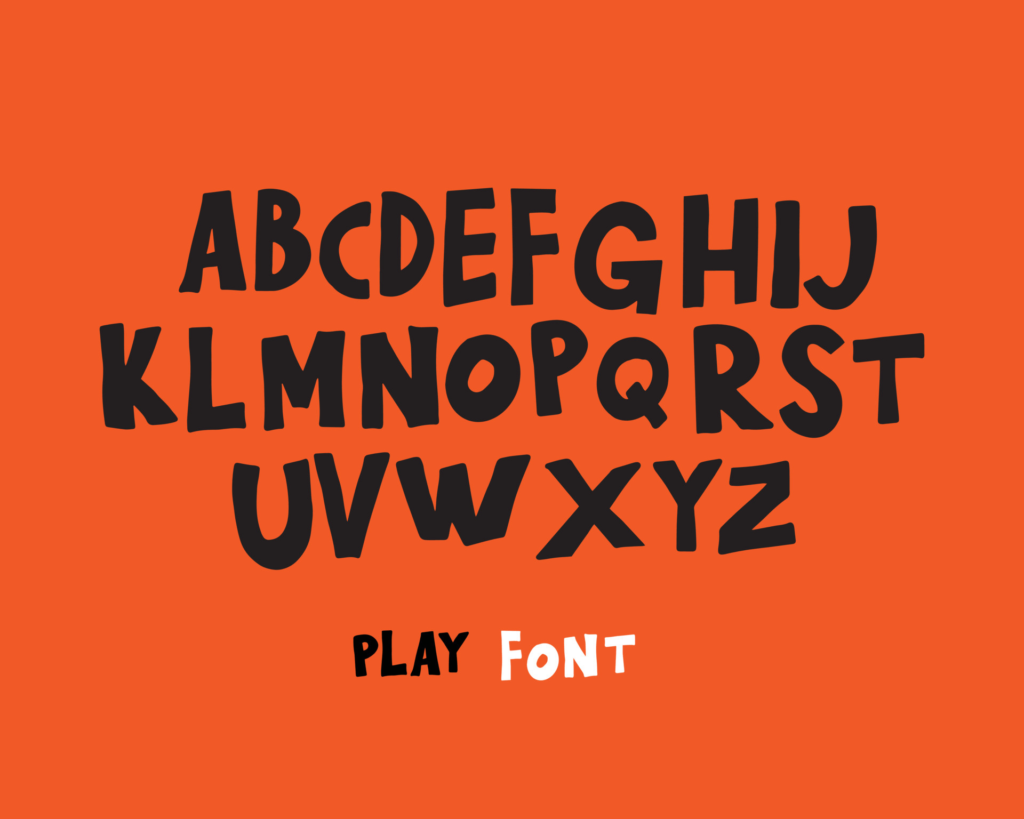If you’re a true lover of typography, you know that every font has its own charm and personality. One particular font that has stood the test of time and remained a classic favorite among designers is the Bookman Old Style font. This elegant and timeless typeface is a popular choice for a wide range of design projects. Let’s take a closer look at why Bookman Old Style font is so popular and how you can use it in your designs.
The Charm and Elegance of Bookman Old Style Font
Bookman Old Style Font is a serif typeface that exudes elegance and charm. It has a classic, vintage feel that can add a touch of sophistication to any design project. The font was originally designed in 1860 by Alexander Phemister Smith, and since then, it has undergone several revisions and updates. The font’s design is inspired by the old-style printing techniques used in the 19th century, which gives it a timeless appeal.
History and Evolution of Bookman Old Style Font
Bookman Old Style font has an interesting history. The font was named after the famous 19th-century printer, John Baskerville, who was known for his innovative printing techniques. The original font design was later modified in the early 20th century by Morris Fuller Benton, who added some new characters and made it more versatile. Since then, Bookman old style font has undergone several revisions and updates, making it a popular choice for print and digital media.
The Versatility of Bookman Old Style Font
One of the best things about Bookman Old Style font is its versatility. The font is easy to read and can be used in a wide range of design projects. From print media to digital media, this font can be used to create stunning designs for logos, posters, brochures, websites, and more. It is best suited for designs that require a classic look and feel. The font’s clean lines and elegant curves make it a perfect choice for headings, subheadings, and body text.
How to Use Bookman Old Style Font in Your Designs
Using Bookman Old Style font in your designs is easy and straightforward. The font is available in a variety of weights and styles, including bold, italic, and bold italic. It is important to choose the right weight and style that best suits your design needs. The font looks great in both uppercase and lowercase, and can be paired with other serif or sans-serif fonts for added impact. When using Bookman Old Style font, it’s essential to pay attention to spacing and kerning, as it can affect the overall look and feel of your design.
Bookman Old Style Font: A Classic Typeface for All Occasions
Bookman Old Style font is a classic typeface that can be used for all occasions. The font’s timeless appeal makes it a popular choice for wedding invitations, formal events, and traditional designs. It can also be used for modern designs that require a touch of elegance and sophistication. With its versatility and unique charm, Bookman Old Style font is a must-have in any designer’s toolkit.
Bookman Old Style Font: Tips and Tricks for Effective Typography
To achieve effective typography with Bookman Old Style font, it’s important to keep a few tips in mind. Firstly, ensure that the font is readable and legible by choosing the right size and weight. Secondly, pay attention to spacing and kerning to ensure that the letters are properly spaced. Thirdly, use the font sparingly to avoid overwhelming your design. Finally, experiment with different pairings and combinations of serif and sans-serif fonts to achieve a unique and visually appealing design.
In conclusion, Bookman Old Style font is a timeless and versatile typeface that can add elegance and sophistication to any design project. As a classic favorite among designers, this font is a must-have in any designer’s toolkit. By following simple tips and tricks, you can achieve effective typography and create stunning designs that stand the test of time.









